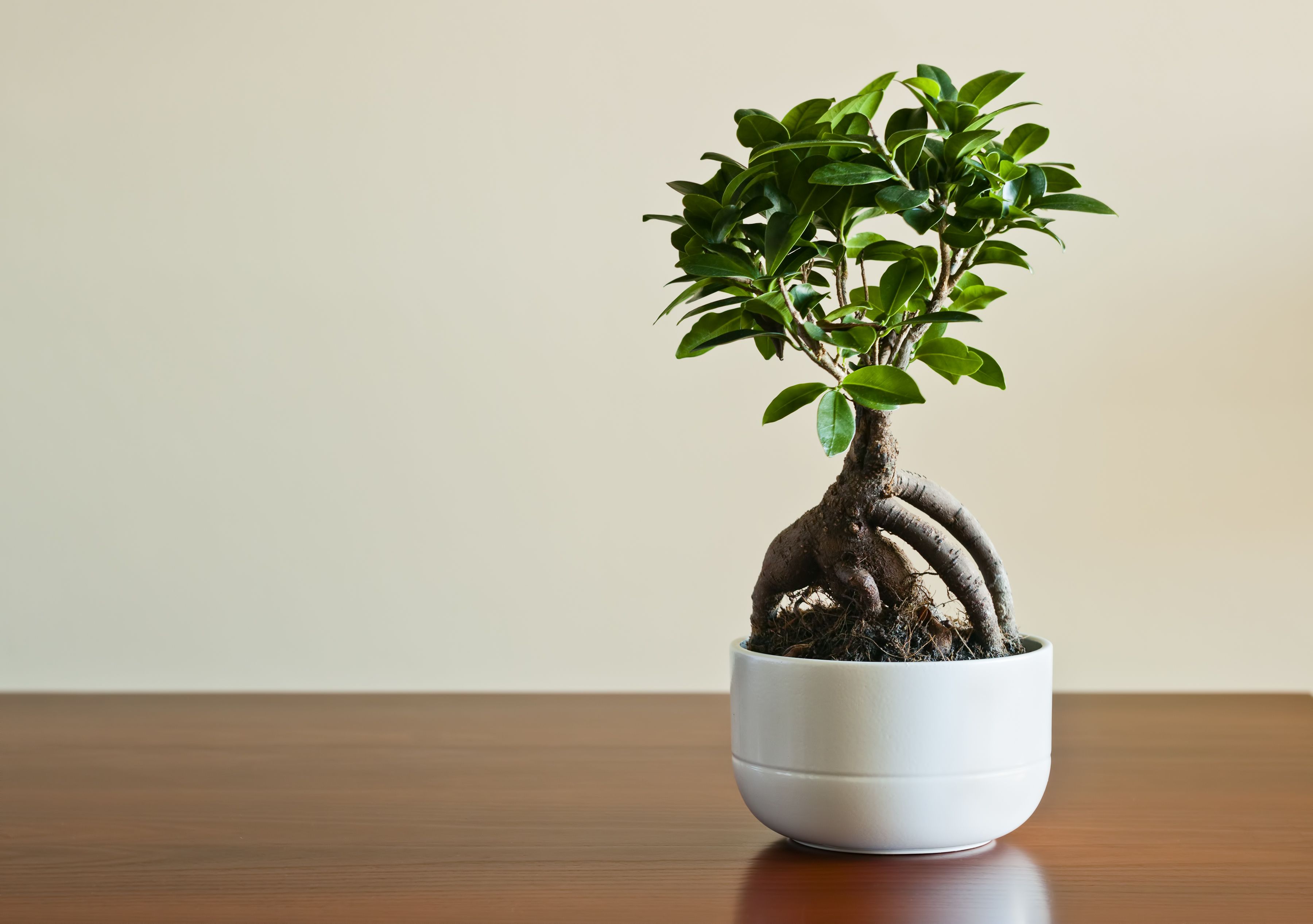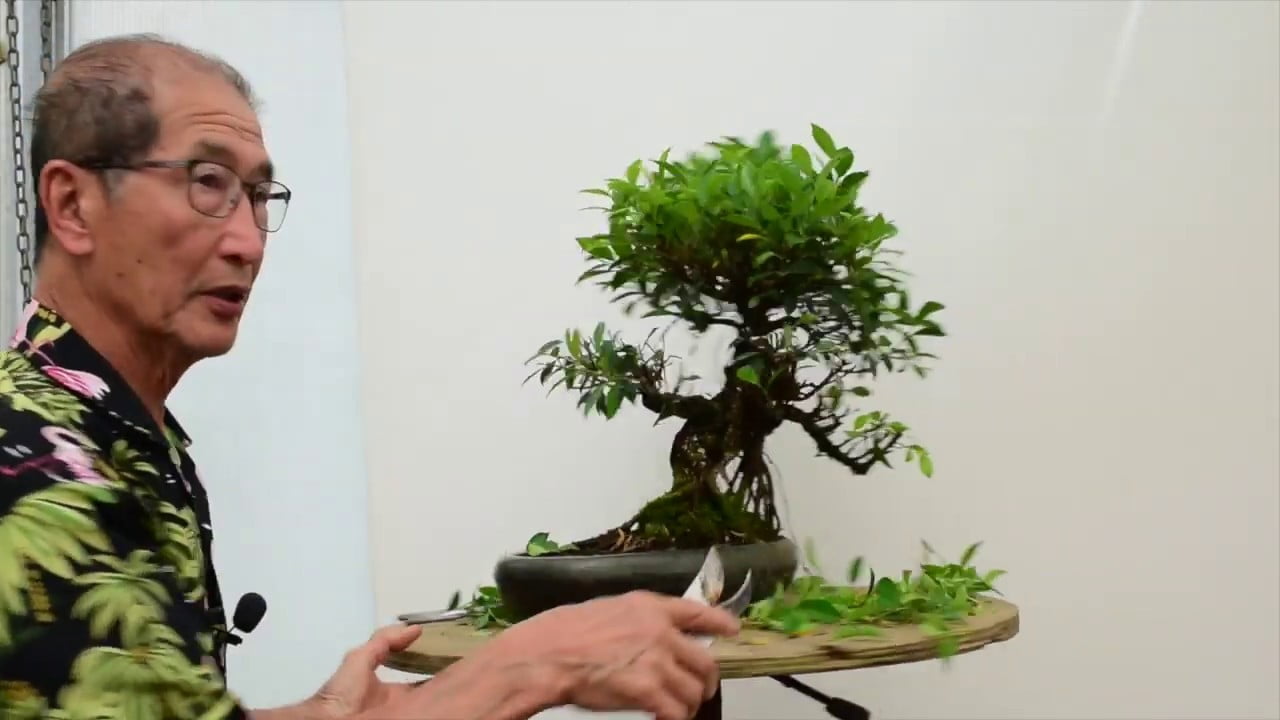If you’re looking to enhance the ambiance of your home and create a serene corner in your living room, look no further than the Ficus Bonsai tree. With its miniature size and graceful aesthetic, this indoor plant can bring a touch of Japanese elegance to any space.
In this comprehensive guide, you’ll find all the information you need to care for your Ficus Bonsai and ensure its longevity. From understanding the benefits of Ficus Microcarpa ginseng to determining the ideal fertilizer and watering regimen, we’ve got you covered.
So sit back, relax, and let us help you create a mini zen garden with your very own Ficus Bonsai.
Ficus Bonsai Care
If you’re looking for a beautiful and low-maintenance plant to add to your home, a Ficus Bonsai tree could be the perfect choice for you. Ficus Bonsai trees are known for their lush green leaves and their ability to be shaped and pruned into stunning miniature trees. In this comprehensive guide, we will explore everything you need to know about caring for a Ficus Bonsai, from choosing the right tree to dealing with pests and diseases. So let’s dive in and learn how to nurture and enjoy the beauty of these magnificent plants.
General Information about Ficus Bonsai
The Ficus Bonsai tree, also known as Ficus Microcarpa, is a popular choice among bonsai enthusiasts. It is native to Southeast Asia and is known for its small, dark green leaves and strong trunks. Ficus Bonsai trees can be grown both indoors and outdoors, depending on the variety and the climate. They are relatively easy to care for and can live for many years with proper attention.
Choosing the Right Ficus Bonsai Tree
When it comes to selecting a Ficus Bonsai tree, there are a few things to consider. First, decide whether you want an indoor or outdoor bonsai as this will determine the variety of Ficus tree you should choose. If you plan to keep your bonsai indoors, look for a Ficus variety that thrives in low light conditions. On the other hand, if you want to grow your bonsai outdoors, choose a variety that can tolerate the climate in your area. Additionally, consider the size and shape of the tree. Ficus Bonsai trees come in various sizes and styles, so choose one that suits your personal preferences.

Placement of Ficus Bonsai
The placement of your Ficus Bonsai tree is crucial for its well-being. Whether you keep it indoors or outdoors, make sure it receives the right amount of light. Ficus Bonsai trees thrive in bright, indirect light, so place them near a window where they can get plenty of sunlight. However, be cautious not to expose them to direct sunlight for extended periods as it can scorch their leaves. If you keep your bonsai outdoors, find a spot that provides partial shade during the hottest hours of the day.
Watering Ficus Bonsai
Proper watering is essential for the health of your Ficus Bonsai. These plants prefer slightly moist but well-drained soil. Before watering, check the moisture level of the soil by poking a finger about an inch deep. If it feels dry, it’s time to water your bonsai. When watering, make sure to thoroughly soak the soil until water drains out of the drainage holes at the bottom of the pot. Avoid overwatering or letting the soil become too soggy, as this can lead to root rot.
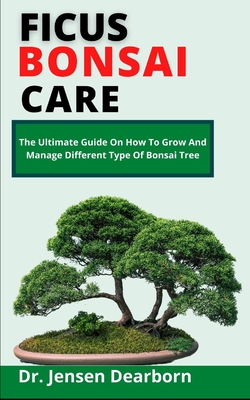
Fertilizing Ficus Bonsai
To keep your Ficus Bonsai tree healthy and thriving, regular fertilization is necessary. Use a balanced liquid fertilizer specifically formulated for bonsai trees. During the growing season, which typically extends from spring to fall, fertilize your bonsai once every two weeks. In the winter months, reduce the frequency to every four to six weeks. Be sure to follow the instructions on the fertilizer package and never exceed the recommended dosage, as this can harm your bonsai.
Pruning and Shaping Ficus Bonsai
One of the unique features of Ficus Bonsai trees is their ability to be pruned and shaped into beautiful miniature trees. Regular pruning is necessary to maintain the desired shape and size of your bonsai. You can use sharp bonsai pruning shears to trim back long branches and remove any dead or unhealthy foliage. Additionally, wiring can be used to shape the branches and create the desired aesthetic. Remember to prune and shape your Ficus Bonsai tree during its dormant period to minimize stress on the plant.
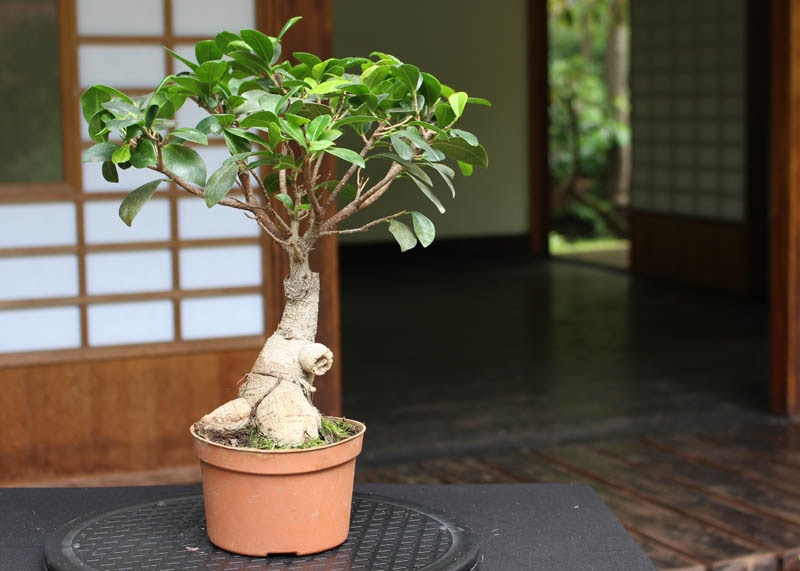
Repotting Ficus Bonsai
As your Ficus Bonsai tree grows, it will eventually outgrow its current pot and require repotting. Repotting helps provide fresh soil and allows the bonsai’s roots to spread and develop. Ideally, repot your bonsai every two to three years, preferably in the spring before the growing season begins. When repotting, gently remove the tree from its pot, trim back a portion of the roots, and place it in a slightly larger pot with fresh bonsai soil. Be sure to water your bonsai immediately after repotting to help it recover from the stress.
Pests and Diseases in Ficus Bonsai
Like any other plant, Ficus Bonsai trees are susceptible to a few pests and diseases. The most common pests include scale, mealybugs, and spider mites. To prevent infestations, regularly inspect your bonsai for any signs of pests and take immediate action if necessary. You can use natural remedies or insecticidal soaps to eradicate the pests without harming the plant. Additionally, keep an eye out for common diseases such as root rot and fungal infections. Proper watering, good airflow, and a clean and well-maintained environment can help prevent these issues.
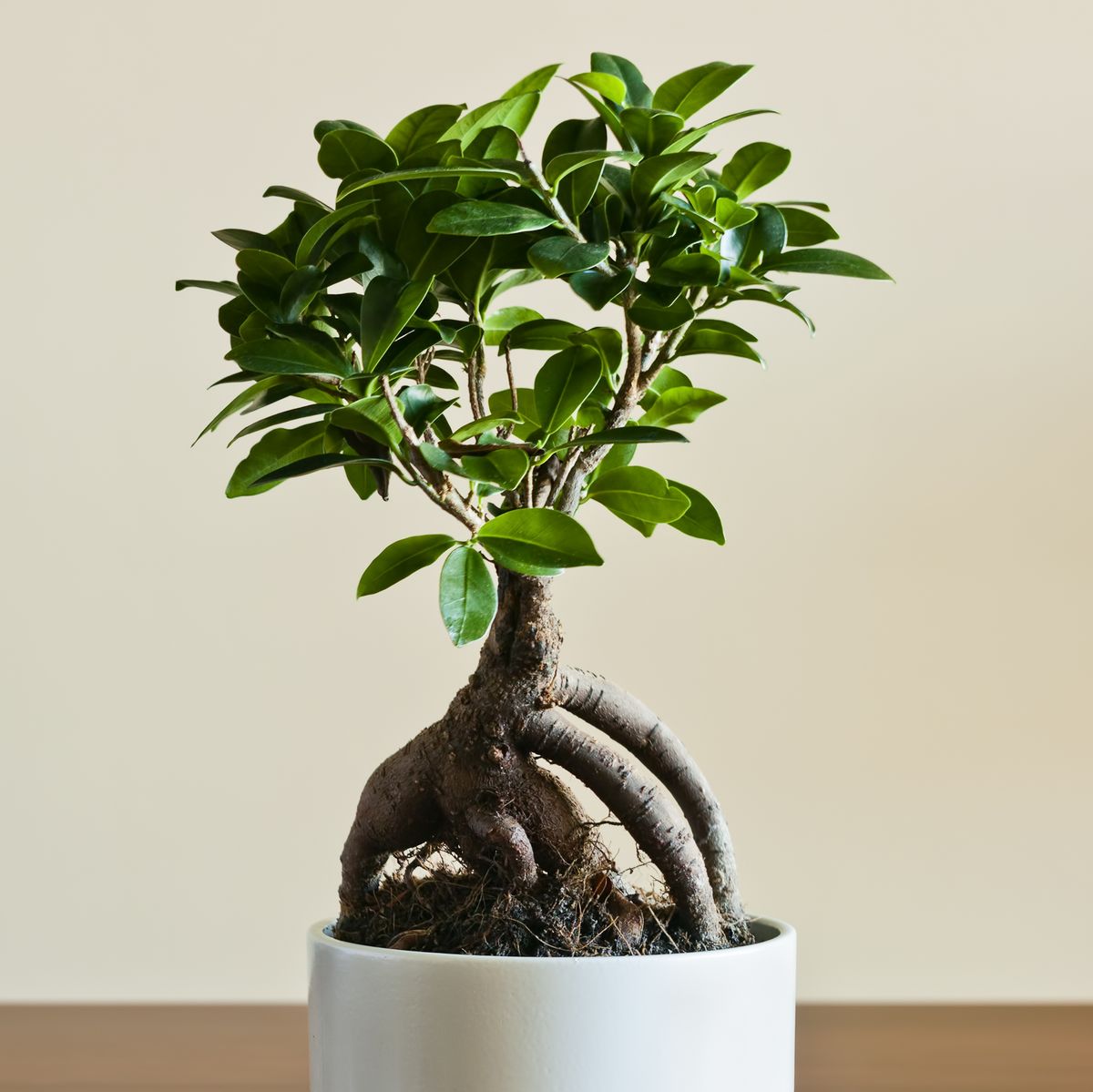
Common Ficus Bonsai Varieties
There are several popular varieties of Ficus Bonsai trees that you can choose from. Ficus Microcarpa Ginseng, with its thick, bulbous roots and glossy leaves, is a favorite among bonsai enthusiasts. Ficus Retusa, also known as the Tigerbark Ficus, is another popular variety with its striking bark patterns and small dark green leaves. Ficus Benjamina, or the Weeping Fig, is admired for its graceful, drooping branches and delicate foliage. These are just a few examples, and each variety brings its own unique beauty to the art of bonsai.
Conclusion
Caring for a Ficus Bonsai tree is a rewarding experience that allows you to enjoy the beauty and tranquility of nature in your own home. By following the guidelines outlined in this comprehensive guide, you will have all the knowledge you need to ensure the health and vitality of your bonsai. Remember to choose the right tree, provide adequate light and water, fertilize regularly, prune and shape with care, repot when necessary, and keep an eye out for pests and diseases. With proper care and attention, your Ficus Bonsai tree will thrive and bring joy for years to come. So go ahead, embark on this wonderful journey of nurturing a miniature tree and experience the wonder and serenity of the bonsai world.
